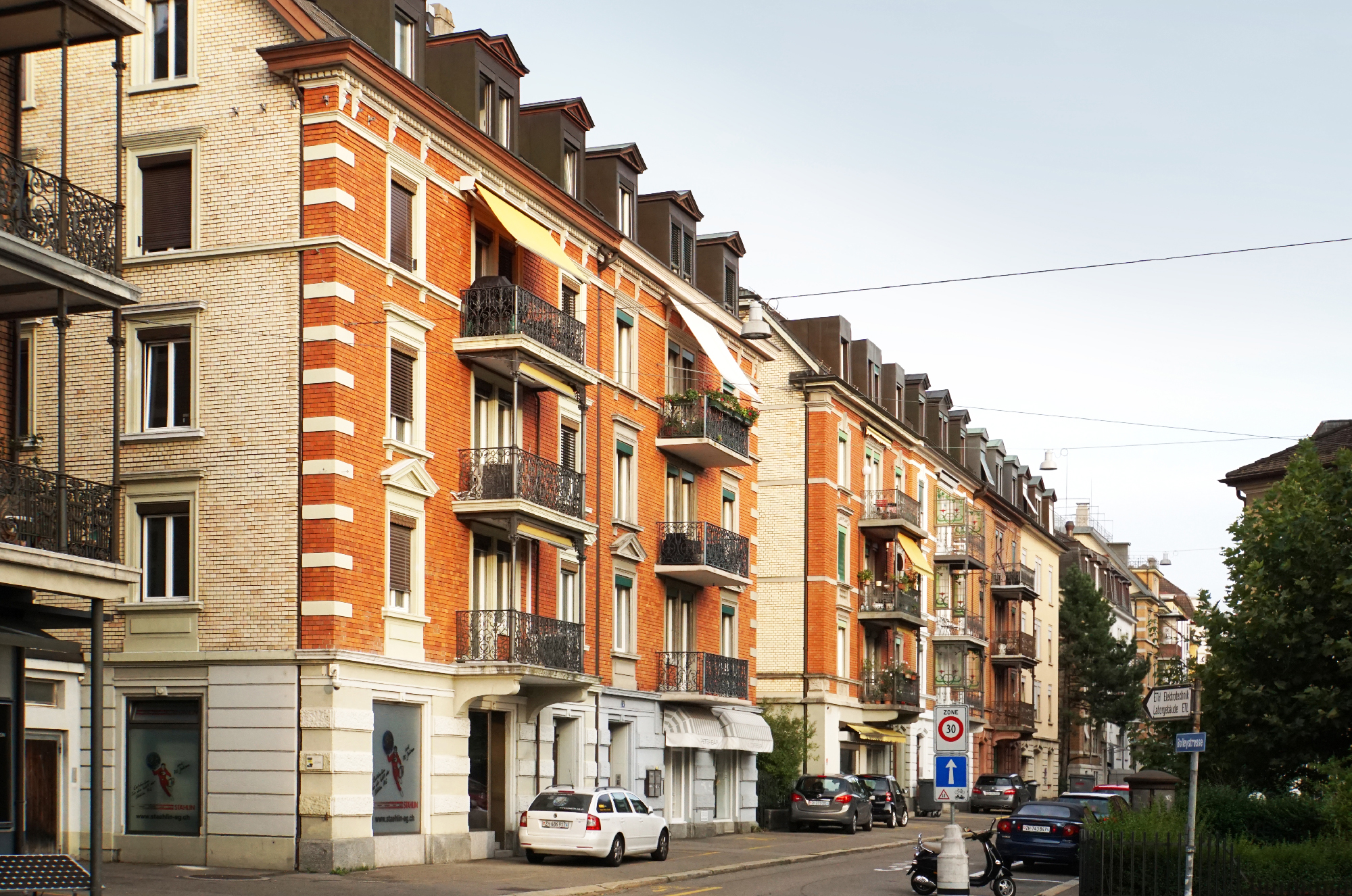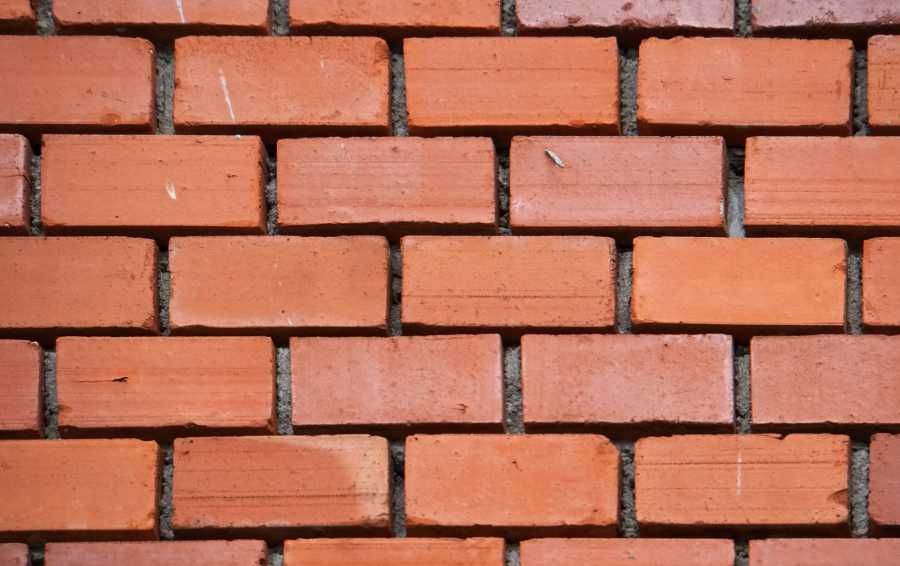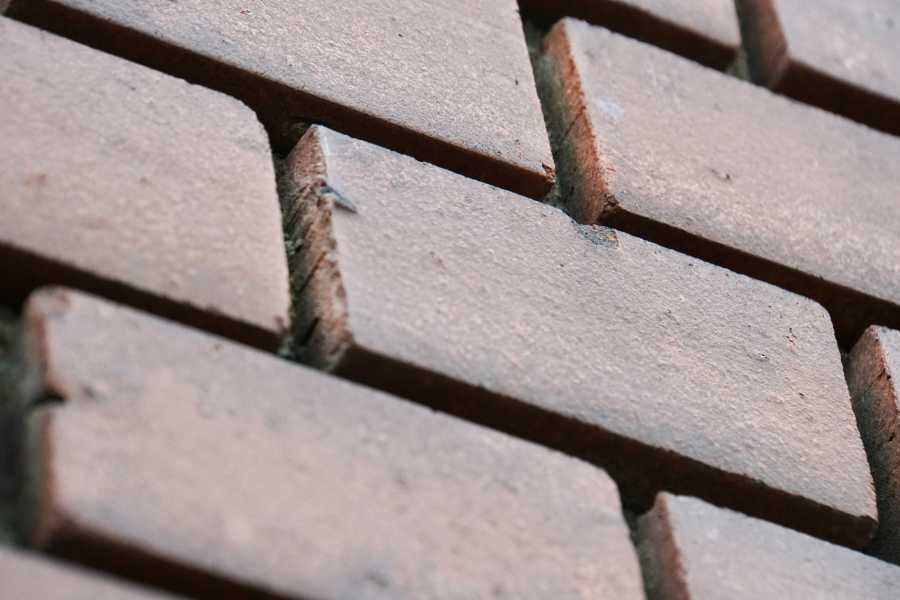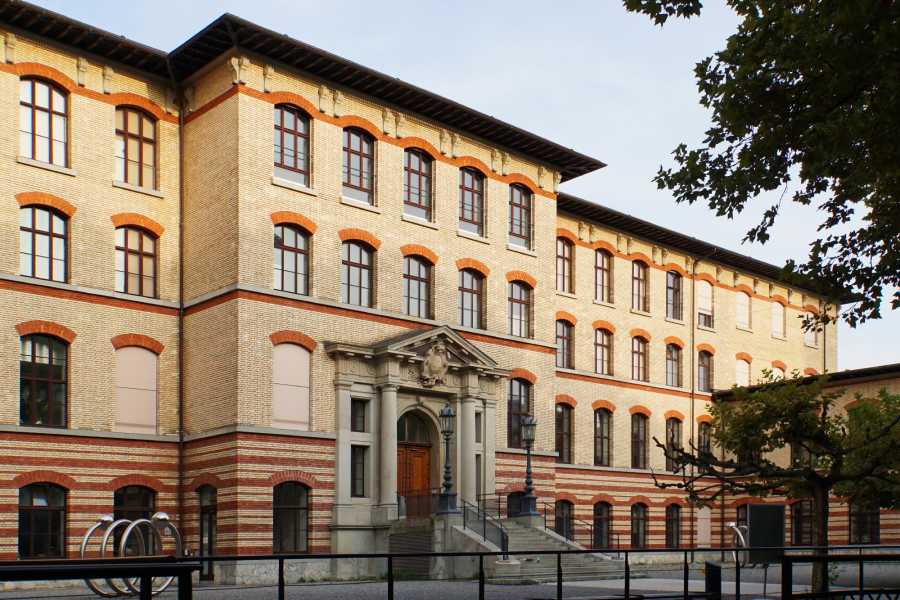Facing Bricks in Zürich (1884-1914)
Topic
The 19th century had a decisive role in the history of facing bricks. Aesthetic and constructive developments accompanied the change from manual brick making to industrial production. The revival of facing brick, which had only been of secondary importance in previous centuries, began in the German-speaking countries around 1830 with Schinkel's initial Berlin buildings, whose striving for stones that were as smooth and sharp-edged as possible remained characteristic for the rest of the 19th century. Until the middle of the 19th century, modified, but largely traditional variations of the hand-stroke method were still in use. The real boom in bare brickwork construction, i.e. brick facades, occurred in the last third of the 19th century, when the fully mechanical shaping by extrusion met the building boom of the Wilhelminian period. No matter how much our subjective consciousness may have been influenced by the brick incunabula of Karl Friedrich Schinkel or Leo von Klenzes, the largest quantity of visible brick buildings in terms of quantity originated in the decades around the turn of the century. These facing brick buildings have been preserved in almost every major city in the German-speaking world and continue to shape our built environment to this day.
Zurich provides a particularly impressive case study of a city with a rich still-preserved stock of brick-faced buildings from this boom period. With the exception of a few details, the types of buildings and constructions found here are largely exemplary of the fin de siècle design and construction trends that left little room for regional differences, at least in the German-speaking world. However, Zurich is a particularly striking example for a study of the veneering technique of the late 19th century. In contrast to many German cities, the city on the Limmat was spared the destruction of the two World Wars, so that entire districts from the construction phase of the late 19th century are preserved with a high proportion of original substance. The high proportion of brick façades within this building stock still characterises the cityscape today. In addition, exposed brick appeared in Zurich comparatively late and disappeared abruptly at the beginning of the 20th century, so that the preserved buildings reflect the currents of this very short period in an exceptionally pure form.
Sources and Methodology
The most important source of the project was the preserved building stock. In Zurich, there are about one thousand buildings with brick façades from the period before the First World War, of which almost three quarters have been visited, subjected to a qualitative search for traces and recorded in a database. Sections of the façades of almost 100 buildings were photogrammetrically recorded. Using specially developed software, quantitative data was extracted from more than 8000 bricks, allowing conclusions to be drawn about format, precision and axis dimensions.
A data set maintained by the Canton of Zurich contains the construction years of all buildings in the Canton of Zurich. As part of the project at the IDB for the district of Zurich, the attribute of brick visibility was added to the data and linked to the entries in the database. Supported by archive research and the evaluation of contemporary literature, the basis was thus created for a detailed trace of the development of the sight brick in Zurich in its temporal and spatial dimension.
Results
The results of the project were summarised in a final report, which can be freely downloaded at the end of this page. The final report consists of a first part summarising the development of the Zurich facing brick buildings and a second part which is a catalogue of the buildings included.
Funding
The project "Sichtbackstein in Zürich (1884–1914)" was funded by external page Stiftung zur Förderung der Denkmalpflege.





